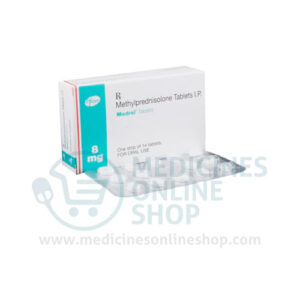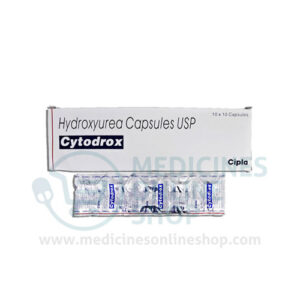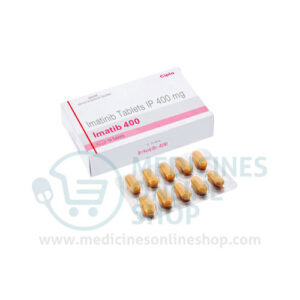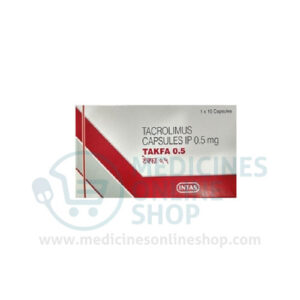What is this drug used for?
- It is used to keep the body from harming the organ after an organ transplant.
- It may be given to you for other reasons. Talk with the doctor.
Frequently reported side effects of this drug
- Fatigue
- Stuffy nose
- Abdominal pain
- Sore throat
- Nausea
- Vomiting
- Diarrhea
- Constipation
- Heartburn
- Lack of appetite
- Trouble sleeping
- Back pain
- Joint pain
Other side effects of this drug: Talk with your doctor right away if you have any of these signs of:
- Posterior reversible encephalopathy syndrome like confusion, not alert, vision changes, seizures, or severe headache
- Infection
- Kidney problems like unable to pass urine, blood in the urine, change in amount of urine passed, or weight gain
- Electrolyte problems like mood changes, confusion, muscle pain or weakness, abnormal heartbeat, seizures, lack of appetite, or severe nausea or vomiting.
- Acidosis like confusion, fast breathing, fast heartbeat, abnormal heartbeat, severe abdominal pain, nausea, vomiting, fatigue, shortness of breath, or loss of strength and energy
- High blood sugar like confusion, fatigue, increased thirst, increased hunger, passing a lot of urine, flushing, fast breathing, or breath that smells like fruit
- Skin sores
- Abnormal heartbeat
- Chest pain
- Shortness of breath
- Severe dizziness
- Passing out
- Vision changes
- Tremors
- Difficulty moving
- Severe headache
- Bruising
- Bleeding
- Swelling of arms or legs
- Burning or numbness feeling
- Mole changes
- Skin growths
- Skin changes
- Swollen glands
- Night sweats
- Excessive weight gain
- Weight loss
- Pale skin
- Severe loss of strength and energy
- Vomiting blood
- Progressive multifocal leukoencephalopathy like confusion, depression, trouble with memory, behavioral changes, change in strength on one side is greater than the other, difficulty speaking, change in balance, or vision changes
- Black, tarry, or bloody stools
- Signs of a significant reaction like wheezing; chest tightness; fever; itching; bad cough; blue skin color; seizures; or swelling of face, lips, tongue, or throat.
Note: This is not a comprehensive list of all side effects. Talk to your doctor if you have questions.
Generic Availability: US
May be product dependent
Storage/Stability
Injection: Prior to dilution, store at 5°C to 25°C (41°F to 77°F). Following dilution, stable for 24 hours in D5W or NS in glass or polyethylene containers. Do not store in polyvinyl chloride containers because the polyoxyl 60 hydrogenated castor oil injectable vehicle may leach phthalates from polyvinyl chloride containers.
Capsule, tablet: Store at 25°C (77°F); excursions permitted between 15°C and 30°C (59°F and 86°F).
Granules for oral suspension: Store at 20°C to 25°C (68°F to 77°F); excursions permitted between 15°C to 30°C (59°F to 86°F).
Adverse Reactions
Adverse reactions reported with combination therapy.
Cardiovascular: Acute cardiorespiratory failure, angina pectoris, atrial fibrillation, atrial flutter, bradycardia, cardiac arrhythmia, cardiac failure, cardiac fibrillation, chest pain, deep vein thrombophlebitis, deep vein thrombosis, ECG abnormality (including abnormal QRS complex), edema, flushing, hemorrhagic stroke, hypertension, hypotension, orthostatic hypotension, peripheral edema, phlebitis, ST segment changes on ECG, syncope, tachycardia, thrombosis, vasodilation
Central nervous system: Abnormal dreams, abnormality in thinking, agitation, amnesia, anxiety, ataxia, chills, confusion, depression, dizziness, drowsiness, emotional lability, encephalopathy, falling, fatigue, flaccid paralysis, hallucination, headache, hypertonia, hypoesthesia, insomnia, intolerance to temperature, mobility disorder, mood elevation, myoclonus, nerve compression, nervousness, neuralgia, neuropathy, neurotoxicity, nightmares, pain, paralysis (monoparesis, quadriparesis, quadriplegia), paresthesia, peripheral neuropathy, psychomotor disturbance, psychosis, seizure, vertigo, voice disorder, writing difficulty
Dermatologic: Acne vulgaris, alopecia, cellulitis, condyloma acuminatum, dermal ulcer, dermatitis, diaphoresis, ecchymoses, exfoliative dermatitis, fungal dermatitis, hyperhidrosis, hypotrichosis, pityriasis versicolor, pruritus, skin discoloration, skin photosensitivity, skin rash
Endocrine & metabolic: Acidosis, albuminuria, alkalosis, anasarca, cushingoid appearance, Cushing syndrome, decreased serum bicarbonate, decreased serum iron, dehydration, diabetes mellitus (including new-onset), gout, hirsutism, hypercalcemia, hypercholesterolemia, hyperkalemia, hyperlipidemia, hyperphosphatemia, hypertriglyceridemia, hyperuricemia, hypervolemia, hypocalcemia, hypoglycemia, hypokalemia, hypomagnesemia, hyponatremia, hypophosphatemia, increased gamma-glutamyl transferase, increased lactate dehydrogenase, metabolic acidosis, weight gain
Gastrointestinal: Abdominal distention, abdominal pain, anorexia, aphthous stomatitis, biliary tract disease, cholangitis, cholestasis, constipation, diarrhea, duodenitis, dyspepsia, dysphagia, esophagitis, flatulence, gastritis, gastroenteritis, gastroesophageal reflux disease, gastrointestinal disease, gastrointestinal hemorrhage, gastrointestinal infection, gastrointestinal perforation, hernia of abdominal cavity, hiccups, increased appetite, intestinal obstruction, nausea, oral candidiasis, pancreatic pseudocyst, peritonitis, stomatitis, ulcerative esophagitis, vomiting
Genitourinary: Anuria, bladder spasm, cystitis, dysuria, hematuria, nephrotoxicity, nocturia, oliguria, proteinuria, pyuria, toxic nephrosis, urinary frequency, urinary incontinence, urinary retention, urinary tract infection, urinary urgency, vaginitis
Hematologic & oncologic: Anemia, benign skin neoplasm, decreased platelet count, decreased white blood cell count, disorder of hemostatic components of blood, hemolytic anemia, hemorrhage, hypochromic anemia, hypoproteinemia, hypoprothrombinemia, increased hematocrit, Kaposi sarcoma, leukocytosis, leukopenia, neutropenia, polycythemia, thrombocytopenia, thrombotic microangiopathy
Hepatic: Abnormal hepatic function tests, ascites, cholestatic jaundice, granulomatous hepatitis, hepatitis (including acute and chronic), hepatotoxicity, hyperbilirubinemia, increased liver enzymes, increased serum alanine aminotransferase, increased serum alkaline phosphatase, increased serum aspartate aminotransferase, jaundice
Hypersensitivity: Hypersensitivity reaction
Immunologic: CMV viremia, graft complications
Infection: Abscess, bacterial infection (may be serious), BK virus (including nephropathy), candidiasis, cytomegalovirus disease, Epstein-Barr infection, fungal infection, herpes simplex infection, herpes zoster infection, infection, opportunistic infection, polyomavirus infection, sepsis (children & adolescents), serious infection
Neuromuscular & skeletal: Arthralgia, asthenia, back pain, lower limb cramp, muscle cramps, muscle spasm, myalgia, myasthenia, osteoporosis, tremor
Ophthalmic: Amblyopia, blurred vision, conjunctivitis, visual disturbance
Otic: Otalgia, otitis media, tinnitus
Renal: Acute renal failure, hydronephrosis, increased blood urea nitrogen, increased serum creatinine, renal insufficiency, renal failure syndrome, renal tubular necrosis
Respiratory: Acute respiratory distress syndrome, asthma, atelectasis, bronchitis, decreased lung function, dyspnea, flu-like symptoms, increased cough, nasopharyngitis, pharyngitis, pleural effusion, pneumonia, pneumothorax, productive cough, pulmonary edema, pulmonary emphysema, respiratory tract infection, rhinitis, sinusitis, upper respiratory tract infection
Miscellaneous: Abnormal healing, accidental injury, crying, fever, postoperative pain, postoperative wound complication, ulcer, wound healing impairment




